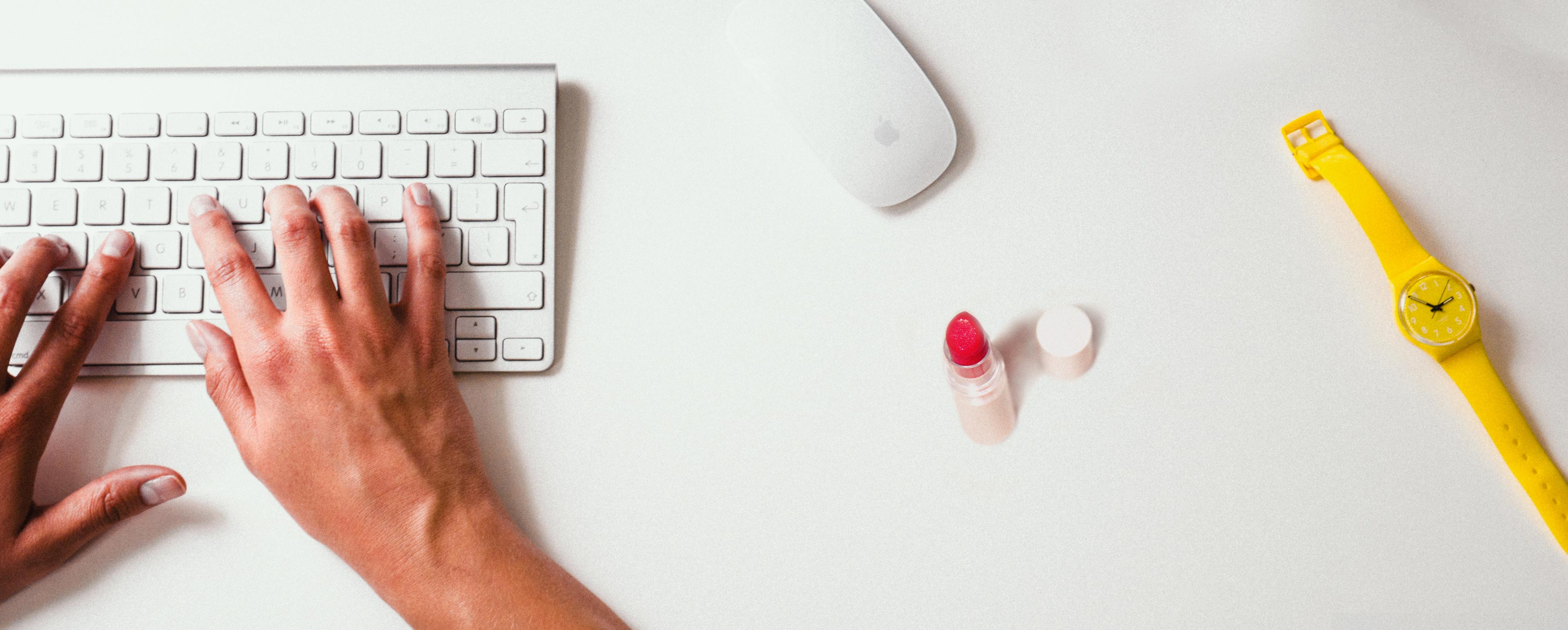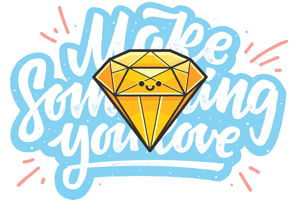Can we design invisible interfaces to be useful smart products?
Last year saw an explosion of a special kind of smart products: home assistants, driving devices, lighting & security systems, etc — all devices activated by voice, gesture or automated through a chain of conditions. Major topics in media technology and Google searches were “IoT” and “Bots” — and this Christmas Amazon Echo sold 9x more units than last year.
What do these devices have in common? They have invisible interfaces, with some or no graphical user interface (GUI), but never without interface. Invisible interfaces promise frictionless and efficient smart products; ultimately intended to make our lives easier.
Here’s the rub, two-thirds of these devices fail to deliver on their promise.
"While invisible interfaces aim to serve people beyond a functional purpose, they produce faulty user experiences that are overcomplicated with needless features and oversimplified with ambiguous interactions."
"Designers put lipstick on a UI and call it invisible interface."

Do you think people want to move their fingers like a maniac at Starbucks to review their running stats? This isn’t useful.
Beyond Graphical User Interfaces
A first step towards a solution is to understand that invisible interfaces are pushing ubiquitous computing forward, thus user interfaces need to mature.
Designers need to move beyond traditional practices to develop GUIs, where functionality is excessive and usability overemphasises guidelines over users. This design shift demands more than pixel perfect mockups and impressive prototypes; it demands that we design systems focused on people’s activities, goals & motivations.
"Natural User Interfaces advocate for interactions that come naturally to people through the understanding of context of use. NUIs are more than just functional and desirable — they are designed for usefulness."
“Technology is re-architecting itself around people.” Paul Adams. VP of product at Intercom.
Invisible Interfaces as Useful Smart Products
Today I’ll explain how to design smart products as NUIs, in other words, how to design useful smart products.
I’ve taken the “Usability-Flexibility Trade-Off” to show how affordances and context are fundamental elements to strike the right balance to create useful smart products. To wrap up, I’ll talk about Jobs-To-Be-Done, a research method which helped me unearth usefulness for better products.
- Useful smart products start with a minimalist approach; making a better use of affordances and context to keep a balance between usability and flexibility.
Useful smart products start with a minimalist approach; making a better use of affordances and context to keep a balance between usability and flexibility.
Usability → Affordances
Usability problems happen when smart products are aesthetically simplified with reduced affordances BUT relying on a “cool” invisible interface. However, all too often, its hidden affordances offer little insight for interaction?—?all invisible usability remains useless. In short, lipstick on a UI.
People end up triggering actions they never intended and are left to learn by trial-and-error. Sounds familiar, doesn’t it?
“The best products are as visible as they need to be to make the activity better.” Dan Saffer.
"The solution isn’t to add or remove affordances to improve usability flaws. Useful smart products offer alternative interactions modes, and each mode has a set of affordances that become useful as they adapt to people’s activities."
Multimodal Interaction
Amazon Echo is a useful smart product for one reason, its multimodal input modes. People can accomplish tasks by choosing the interaction mode that best suits a particular moment in their lives. For example, let’s take Echo’s shopping list feature.
A user can add an item to a shopping list via:
- Voice Commands
- Voice Remote
- Alexa App
- Amazon's Website
- Automated Tasks (IFTTT)
Using Amazon Echo shopping list feature via its multimodal input modes.
“Design is a participatory activity, not simply dictating but allowing the user to evolve and shape the encounter so it is a co-creative opportunity”.—Paul Dourish.
Flexibility → Context
Flexibility problems occur when smart products are designed with little understanding about people’s goals & motivations. The results are generic interfaces suited to everyone and no one, users don’t understand how such complex experiences could ever fit into their lives. Again, lipstick on a UI.
These products become useless due to their broad functionality.
“All of the functionality in the world is useless if the useful functions aren’t present.”—John Kolko
"As smart products are incrementally infused into every part of people’s lives, design folks need a deeper contextual understanding of users and how these devices play a part in their lives. Useful smart products do serve a functional purpose, but most importantly, an emotional and social purpose."
People’s Purpose
Many factors influenced the failure and success between Google Glass and Snapchat Spectacles: price, marketing and advertising, product strategy, etc. However, we can’t argue the fact that Snapchat released a product with a minimalist approach and the right amount of functionality. This smart product fits into people’s leisure time by fulfilling three purposes:
- Functional:Create and share snaps effortlessly, anytime.
- Emotional: Capture POV videos that feel like shared memories.
- Social: Promote a sense of community, visually identifiable.

On top of it, Snapchat solved the portrait vs landscape video argument forever. Circular video extends the usefulness of this smart product to the mobile device.
Usefulness → Jobs-To-Be-Done
Despite 72% of companies conduct research before beginning any design or software development, the results of such research aren’t conclusive because it tends to focus on WHAT and HOW users experience a product.
"An understanding of WHY people use smart devices and the underlying motivations when deciding to use a product will lead towards usefulness."
Personas are helpful to understanding motivation. But to be honest, the amount of insight gained often falls short and assumptions multiply. The solution isn’t better Personas, but better research methods. That’s how I discovered Jobs-To-Be-Done.
“People don’t want to buy a quarter-inch drill. They want a quarter-inch hole.” Theodore Levitt
The concept is simple: We “hire” products and services to do things for us. This research method is based on detailed contextual inquiry, where the researcher “becomes a detective” during a JTBD Interview. The goal is to understand the job for which people would hire a product, uncovering their underlying struggles and motivations from first thought to final purchase.
In my experience, Jobs-To-Be-Done reinforced the research analysis & synthesis phase with solid motivational insights, while it helped to better inform design artefacts about the usefulness of products.

Relation between JTBD interviews and its direct outputs along the design process. Thanks to Tor L. Bollingmo-“Interviews, Timeline, Forces, Job Stories?—?what’s the difference?”
For further reading, do check out:
- Competing Against Luck—by Clayton Christensen
- Jobs-To-Be-Done—by Tony Ulwick
- When Coffee and Kale Compete—by Alan Klement
- Intercom on Jobs-To-Be-Done—by Intercom
“Understanding the Job”. A brief explanation about JTBD by Clayton Christensen, Harvard Business School Professor.
Final Thoughts
Design is a tool for understanding people. That’s why the usefulness of any product we design is dictated by people’s experiences and not by the robustness of technology.
"The deeper challenge for invisible interfaces is to humanise technology."
Interfaces that go beyond the glass demand that we observe with care, curiosity and feeling how people interact and communicate with the world. Most importantly, designers need to understand that this natural dialogue between people and the world is always reactionary and anticipatory at the same time. Just by creating experiences that accommodate such natural interactions we will make useful smart products finally see the day of light.
Many thanks for proofreading to my friends: Kathryn Hing, Yegor Zakharov, Andy Jakubowski, Matteo Cavucci I truly appreciate your help.
This article was originally published on Oriol's Medium page.






